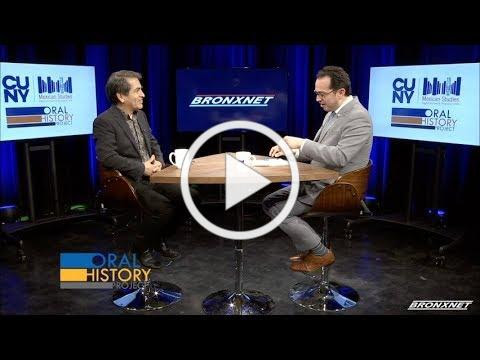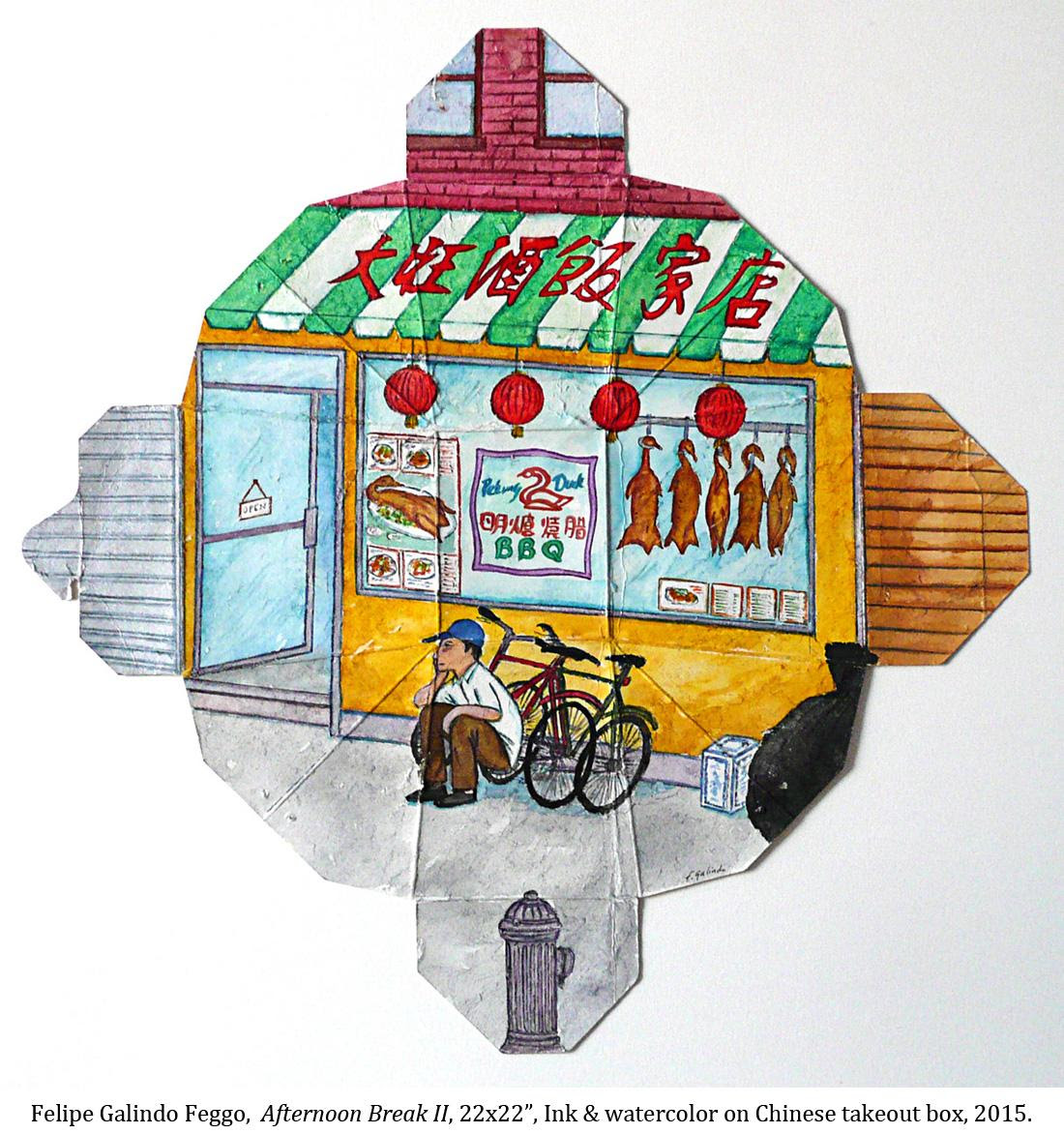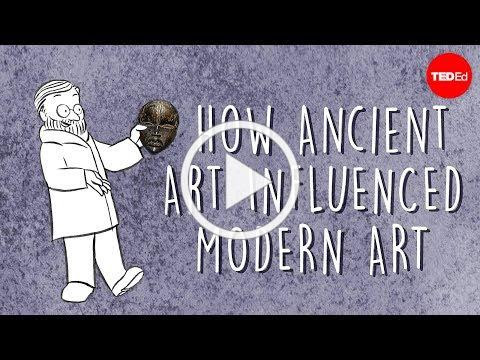Felipe Galindo (aka Feggo)
|
|
Urban Tribes II-Urban Reverence (exhibition paused due to coronavirus)
Manhatitlan Codex, created by Felipe Galindo (Feggo), is a humorous digital animation, inspired by Aztec mythology and pre-Columbian codices, which narrates an imaginary migration of Mexicans to New York. It’s also informed by the voyage of the pilgrims in the Mayflower and historical human trafficking to America. Manhatitlan Codex explores the challenges related to the universal immigrant experience, such as impermanence, uncertainty and fragmentation, while at the same time presenting a witty and unusual look at this important issue. |
| Felipe Galindo (Feggo), Manhatitlan Codex, 2008, 5:30 min. |
|
Reforming art and cultural activities to meet today’s needs can be a great way to promote harmony. TAAC's core commitment is through art to practice diversity, equality, and inclusion. Building bridges between communities, national and internationally through art and culture to deepen our senses of beauty, inspiration, and empathy. By advancing these goals and building these bridges in the art world, we aim to promote a more just society. TAAC hopes that outrage will help to lead to a more equitable society, truer to our ideals.
New York artist Felipe Galindo, has dedicated himself to creating humorous art in a variety of media, including cartoons, illustrations, animations, fine art and public art. He is also an arts educator. Many of Felipe's "It Used / Reused" ongoing series drawings remind of us pre-pandemic life and highlight the differences. the new life been giving to the used bag, cup and boxes the image that profile the continues living style in the city, while we are turned away from people by a lingering, invisible threat. Figures appear in parallel or in a semicircle or diagonally across from each other in the drawing's clustered space, the bodies either half-turned away from us, or shown in profile. These people do not wear face masks, but neither do they open the mouth; they rather fall into a friendly but silent atmosphere.
The TAAC team wishes you a safe time |
|
When the conversation turned to the vague? |
|
The drawings from the Used / Reused series have been compiled with Felipe Galindo‘s eye for reusing hang bags, train or bus tickets and subway maps, as well as paper cup and take out boxes. Preceding the pandemic, they nevertheless shed new slight on our new socially distant lives, as evidenced by the guarded conversation between figures in the drawings, figures scattered seemingly at random and placed unwillingly on the same plane. There is no tangible emotion or special anguish expressed by these people. In "Coffee Shops III-VI, they are situated behind and in front of counters that turn out to be familiar take-out cups unrolled in semicircular arcs in settings such as the cafes or bars where patrons play with cell phones or computers. Viewed in light of Covid-19, these scenes are reminiscent of one's affection for what has been cast off in these pandemic days. They are perfectly chosen for this moment. Paradoxically, we seem to be working and thinking disconnectedly in the virtual world in the midst of the virus. Imagine arranging in-person visits to museums, galleries,and auction houses to view original art works. Such actions have been abandoned and Feggo searches for a new folk song to reflect our altered realities. This year, we have had to turn away from the crowd in an immense grief for those lost. We have been admonished to disrupt the expectation of lip glamour in noisy conversation, the glass raised in toast, to public ecstasy in dinning. The subway crowds of various ethnicities, postures, actions, and expressions is a gift that no longer exists. Repelled by the absence of trivial daily details, we are isolated more and more from our own surroundings. In these drawings by Feggo, the fragmented individual works boast no pompous air, but are defenseless to society's inflicted pain. Their characters swim in indifferent terms and ordinary features. However, they exhibit a remarkable organic and intuitive togetherness, a timely change from the sharp satire and the black humor that we have seen in Feggo's other animations and drawings. His drawings bear down on sepia -tinged photographs with an atmosphere of infinite poignancy, release a light sorrow, which is somehow still in harmony with the rest and produces a relaxed, warm, light attitude. It hangs on the act of observing, hence the amusing behavior induced in the spectators becomes an important but subtle component of this art. --- Luchia Meihua Lee, curator |
|
A complete interview by Bronxnet: Mexican Studies Oral History Project: Felipe Galindo “Feggo” |
| Felipe Galindo (aka Feggo) Living and working in New York City, Felipe Galindo was born in Cuernavaca, Mexico. He earned a BFA in Visual Arts from the National Autonomous University of Mexico. His humorous drawings have appeared in The New Yorker, The New York Times, The Nation, The Manhattan Times, The Wall Street Journal, Reader's Digest, Mad, Narrative, NACLA, INXart.com, El Chamuco (Mexico) and numerous European publications (for example,The Spectat https://conta.cc/305TfmGor, Private Eye, Prospect and Oldie in England, Ode in Holland, International Herald Tribune, France; Red Bull F1 in Austria, Haüser in Germany.) |
|
| Felipe Galindo Galindo has held numerous individual exhibitions in the United States and abroad. Recent awards include: Ciudad de Las Ideas, Puebla, Mexico; Porto Cartoon Festival, Portugal; Aydin Dogan Success Award, Istanbul; Zagreb Cartoon, Croatia; Ministry of Tourism Cartoons Competition Award, Antalya, Turkey; The United Nations Ranan Lurie Political Cartoons; "People's Prize," Knokke-Heist Humorfest, Belgium; Greek Ministry of Culture Honorable Mention; "People's Choice Award," Omiya Festival, Japan. His books are: “Cats Will Be Cats” (Plume/Penguin), Manhatitlan (J. Pinto Books), “No Man Is a Desert Island” (J. Pinto Books), “George Washington: Back In New York City” (Now What Media). He has an ongoing series of works on disposable materials called “Used/Reused” in which he uses discarded materials to incorporate sketches of every day life in the city. He created “Magic Realism in Kingsbridge,” a series of 4 permanent public artworks fabricated on glass based on Galindo’s humorous designs. They are installed at the 231st Street subway station platforms of the No. 1 subway line in New York City, commissioned by the MTA-Arts for Transit Program.
|
|
Statement by artist Felipe Galindo
Used / Reused Drawings & Mixed media
I have been sketching scenes of New York City since my arrival from Mexico in the early 1980's. As I have walked its streets, enjoyed its parks, museums, coffee shops, riding the subway, buses, etc. I have tried to capture the nuances of the city and its human landscape with my pens and sketchbooks. If a subject fascinates me, I immediately try to capture the moment. This imagery on ephemeral materials offers my view on the everyday life of my adopted city. This particular presentation, of loosely drawn vignettes, contrasts with my more precisely rendered works of my other body of work of cartoons and illustrations.
Used / Reused is an on-going series of mixed media works inspired by the graphic qualities of packaging materials, in which I explore the possibilities of using disposable materials (paper bags, tin cans, boxes, coffee cups, maps, etc.) as physical support for sketched drawings, to make visual commentaries, superimposed on familiar objects we use, take for granted and discard continually. I intend to give new life to these disposable materials, and at the same time, a different one to my drawings. |
|
| How ancient art influenced modern art - Felipe Galindo Mexican Studies Oral History Project: Felipe Galindo “Feggo” |
|
More information: Felipe Galindo Portfolio website:
Facebook:
youtube: |
|
|
|















No comments:
Post a Comment